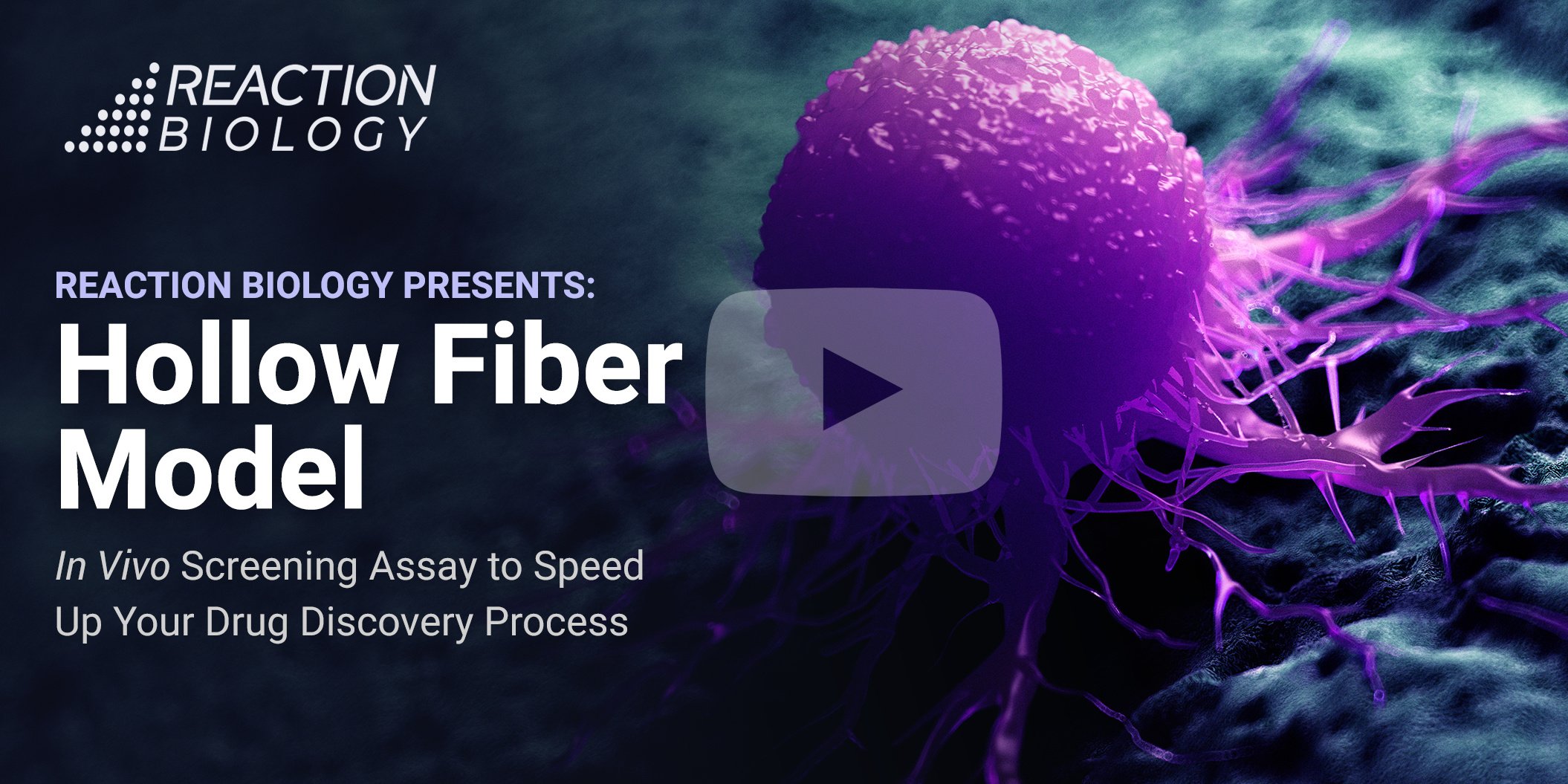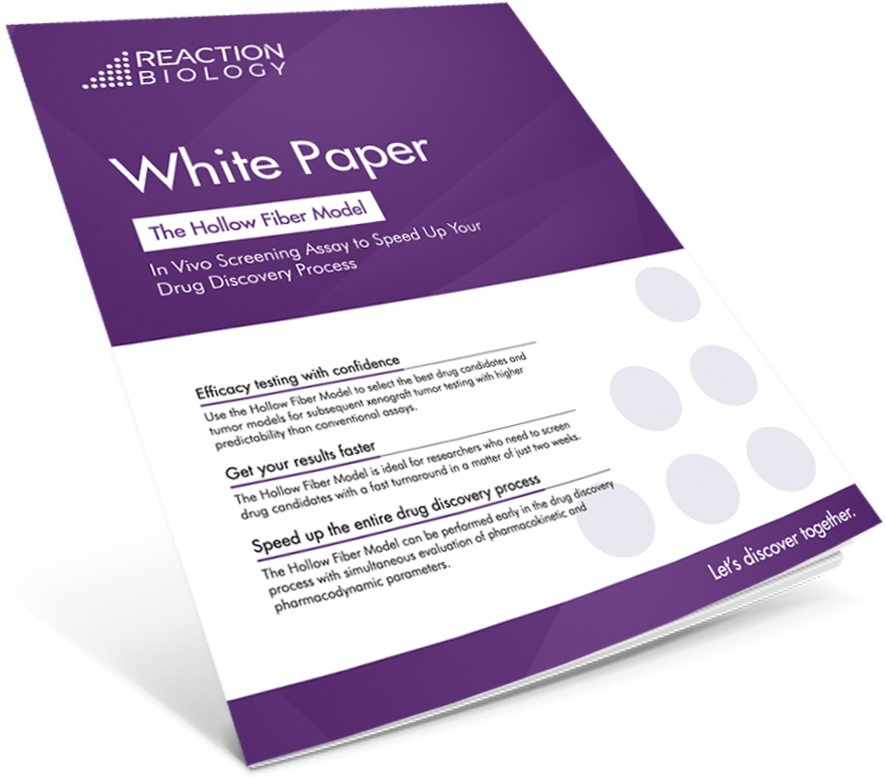In the early 1990s, the discovery of promising anti-cancer agents from large-scale 60-cell line screens created an overwhelming demand for testing in traditional xenograft models. The sheer number of compounds needing evaluation far exceeded the resources available. Time, cost, and the need for large numbers of animals were significant barriers that slowed down progress in oncology drug development. The challenge was clear: researchers needed a more efficient and scalable approach to assess the in vivo efficacy of these potential therapies.
A game-changing solution was introduced by the Biological Testing Branch of the National Cancer Institute (NCI). In a landmark paper published in 1994, the first-ever in vivo hollow fiber model was presented to the scientific community. This innovative technology revolutionized preclinical oncology research by not only providing a method for in vivo efficacy testing but also addressing key challenges for drug developers. It facilitated the identification of sensitive tumor cell line “targets” and the optimization of treatment regimens, which could then be tested in more complex in vivo solid tumor models.
Hollow Fiber Model: A Closer Look
Watch our video for a clear explanation.
Since its introduction, the in vivo hollow fiber model has gained widespread use due to its ability to evaluate the efficacy and pharmacokinetics of novel compounds in a live animal system while maintaining a controlled microenvironment. In this blog, we will delve deeper into the concept of the hollow fiber model, its benefits, and its importance in modern biomedical research.
What Is the In Vivo Hollow Fiber Model?
The in vivo hollow fiber model uses biocompatible, semipermeable fibers that can be implanted into live animals (commonly mice or rats). These hollow fibers are typically filled with human or animal cells, such as cancer cells, bacterial strains, or other pathogenic organisms, depending on the study’s objective.
The fibers are porous, allowing small molecules like drugs, nutrients, and metabolic waste to pass through but preventing the enclosed cells from escaping into the host’s body. This system provides a controlled microenvironment to study drug action, toxicity, and pharmacokinetics in a live animal while maintaining the immune and biological complexities that occur in an in vivo system.
WHITE PAPER
Hollow Fiber Models: A Comparative Analysis
Discover the benefits over 2D, 3D, and xenografts
How the Hollow Fiber Model Works
The process involves encapsulating the desired cell type within the hollow fiber’s lumen. Once encapsulated, these fibers are implanted into specific sites in the animal—commonly the peritoneum (intraperitoneal) or under the skin (subcutaneous). After implantation, the animal is treated with an investigational drug, and the effects of the drug are monitored over a period.
The encapsulated cells can be analyzed by retrieving the fibers post-treatment, allowing researchers to examine drug efficacy (such as cell death or growth inhibition) and perform pharmacodynamic studies. Additionally, since the fibers prevent the immune system from directly attacking the enclosed cells, they offer a means to study human-origin cells in an immunocompetent animal, thus providing a closer approximation to human disease conditions.
Advantages of the Hollow Fiber Model
- Controlled Environment: The model provides a controlled microenvironment for testing, allowing researchers to isolate and study specific drug-cell interactions without the full complexity of a living system interfering.
- High Throughput and Cost-Effective: Multiple fibers, each with different cell lines or conditions, can be implanted into a single animal, providing a high-throughput system to test multiple parameters in one experiment. This reduces the number of animals required and the overall cost of drug development.
- Preclinical Bridge Between In Vitro and In Vivo: The hollow fiber model serves as a valuable intermediary between traditional in vitro cell cultures and animal models. It combines the advantages of both, making it easier to translate in vitro results into an in vivo context before moving into clinical trials.
- Minimizes Animal Usage: By allowing researchers to test multiple compounds, doses, or conditions in a single animal, the hollow fiber model reduces the number of animals needed for preclinical studies, aligning with the 3Rs principle (Replacement, Reduction, and Refinement) in animal research.
Why Choose Reaction Biology's Hollow Fiber Platform?
Learn About Our Superior Capabilities and Benefits
Conclusion
The in vivo hollow fiber model is a powerful tool in preclinical drug development. Its ability to provide a controlled environment for testing drug efficacy, resistance, and pharmacokinetics, while reducing animal usage, makes it an indispensable part of the pharmaceutical research process. As advancements in biotechnology continue, this model will likely evolve, offering even more sophisticated platforms for studying the complex interactions between drugs and biological systems.


